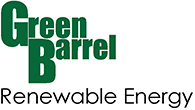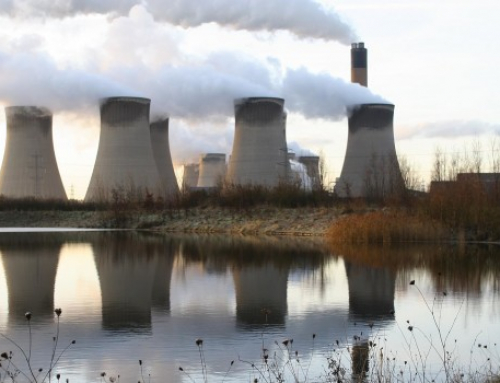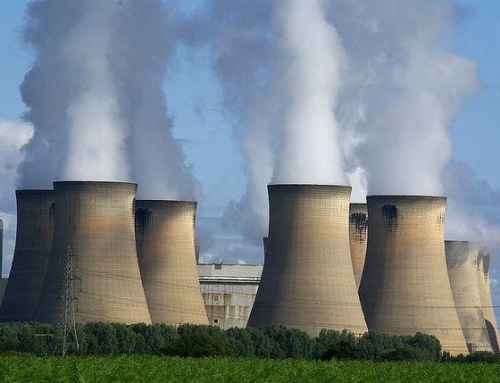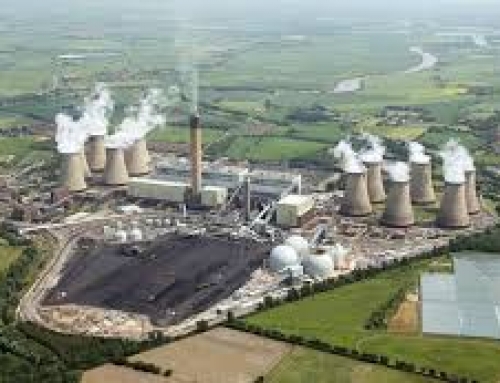Drax Group is betting on renewable energy. But, as the Investors Chronicle put it in a recent article, “the shift from coal giant to a clean energy company has come at a price.”
We last wrote about Drax last September 2018 when we reported that in the previous month (August 2018) the company announced that it had switched on its fourth biomass (wood pellets) generating unit at its power station in North Yorkshire.
The company said the total cost of this conversion from coal was put at £30million. This is considerably less than previous conversions. Nevertheless, Drax added that it has spent a total of £700m on the upgrades of the other three units and associated supply infrastructure. This left two units using coal and under a government regulation coal must be phased out by 2025. There was talk the two remaining units could become gas-fired.

From coal to wood pellets
By mid-2018 the switch from coal meant 75 per cent of its electricity came from renewables. This accounted for 6 per cent of the UK’s power, enough to supply four million homes. The company had also established an energy supply division, largely through takeovers of companies already in the field, like Opus energy. This serves business customers in the UK and generated £2billion of revenue last year, representing 10 per cent of the business-to-business market. Drax runs, as well, a pellet production business, again established in part by acquisition, that produces wood pellets for low carbon energy generation.
All this made for really buoyant EBITDA (earnings before interest, taxation, depreciation and amortisation). These so-called cash profits were £229m for 2017. But scroll down to the bottom line and the figures for calendar 2017 looked rather less buoyant. It was not just the massive conversion costs that were exceptional nor the takeovers in the supply division. There were also the huge obsolescence charges for the coal specific assets through accelerated depreciation that had their impact on the statutory figures. The restated loss before tax for 2017 came in at £204m.
The management did not seem nonplussed by this. They said, after the interim results for the first six months of 2018 were announced in July 2018, they expected the full 2018 year figures to be positive. And so, they have turned out to be — if not hugely positive.
The final results for 2018 announced on 26 February 2019 showed Group adjusted EBITDA was up 9 per cent to £250m and there was a turnaround to a profit of £37m adjusted profit after exceptional items. The largest exceptional item was, of course, the acquisition of Scottish Power’s renewable power portfolio in January 2018. The management drew £550m from its debt facility to close the deal. This will mean the 13 per cent drop in net debt achieved in 2018 will be short lived.
But the acquisition does also mean Drax’s transition to a ‘greener’ operation will gain considerable momentum. Some 2.6GW of multi-technology pump storage, hydro and gas will be added to its portfolio.
Going forward there is the question of the UK Capacity Market which provides payments to support the development of renewable energy generation. This scheme was suspended by the European Court of the Justice last November pending an investigation. Drax is expecting £68m in such payments as its management predicts the market to re-establish.
The company’s management seems optimistic about the future. Commenting on the 2018 results, Will Gardiner, Drax’s CEO said: “We are confident in our ability to continue growing our earnings and advancing our strategy during the year. One broker has predicted adjusted earnings per share (EPS) of 36 pence in 2019 up from 10p in 2018.
Today (April 17) the company is holding its AGM in London, so we might learn more about the ‘greening of Drax’ or maybe not.
Last evening the share price of the £1.462 million market cap company stood at 371 pence against a 52-week low of 294p and a high of 427p.
.
.





